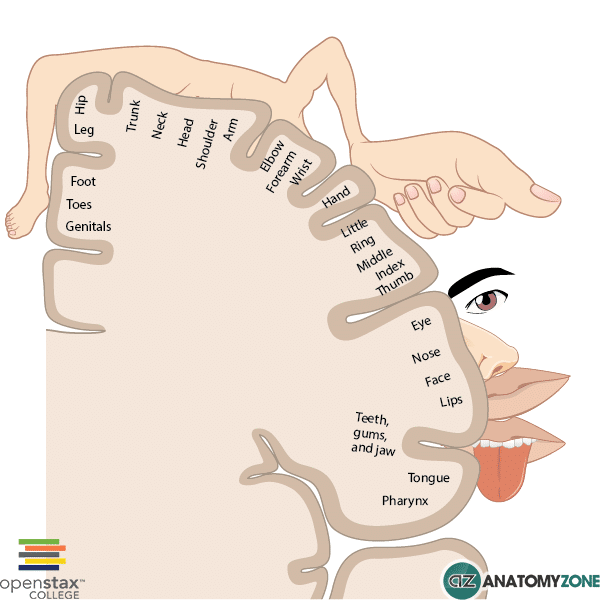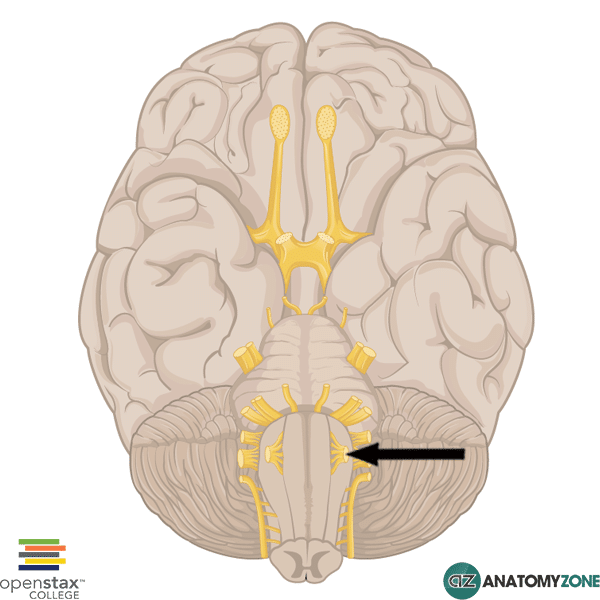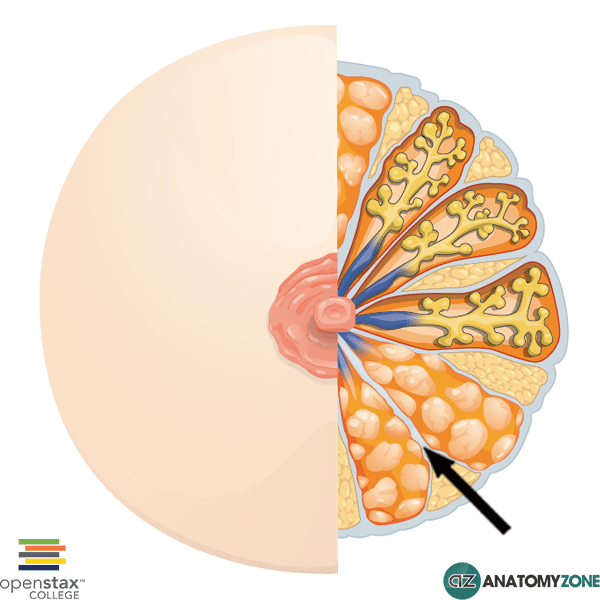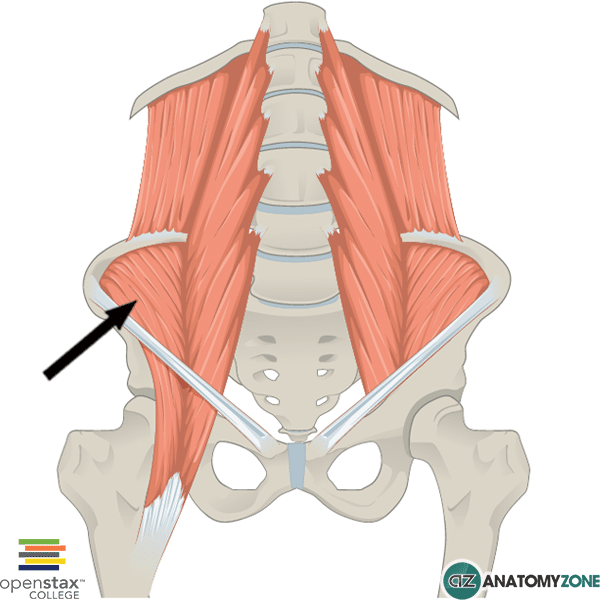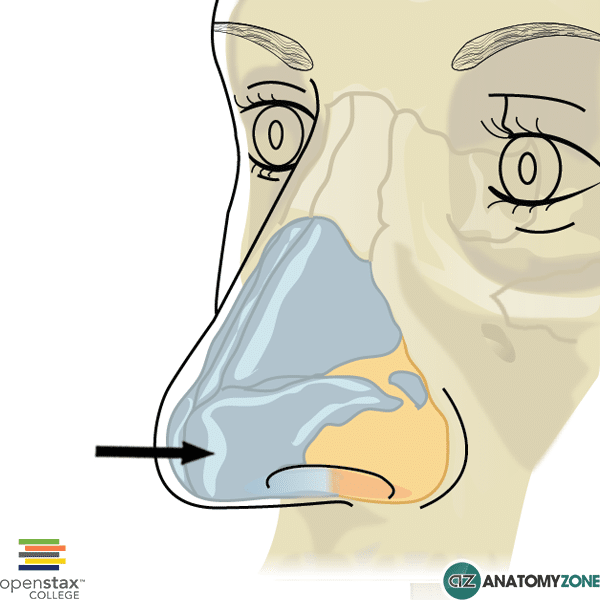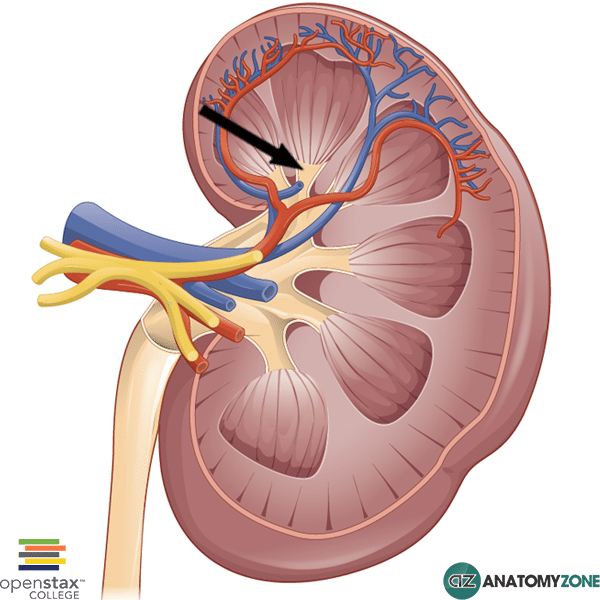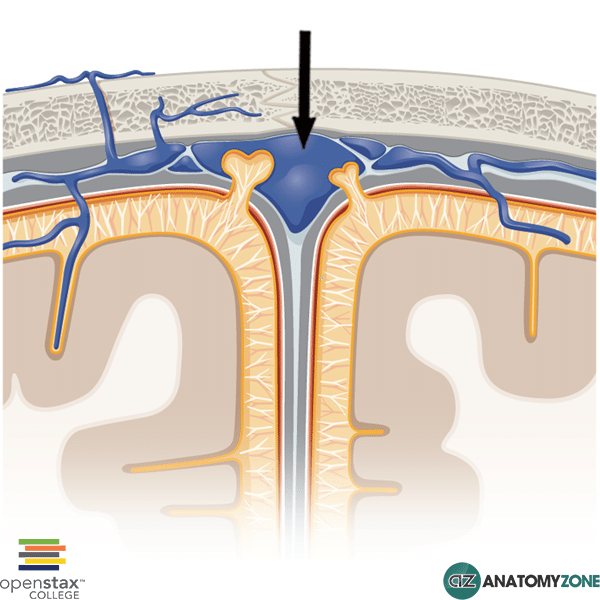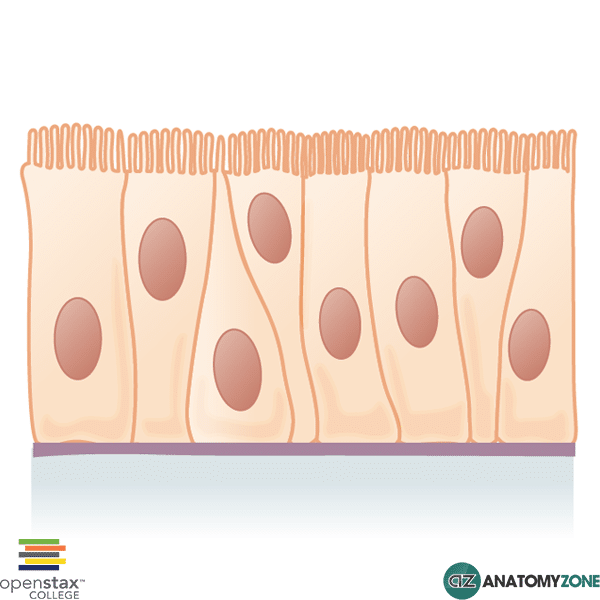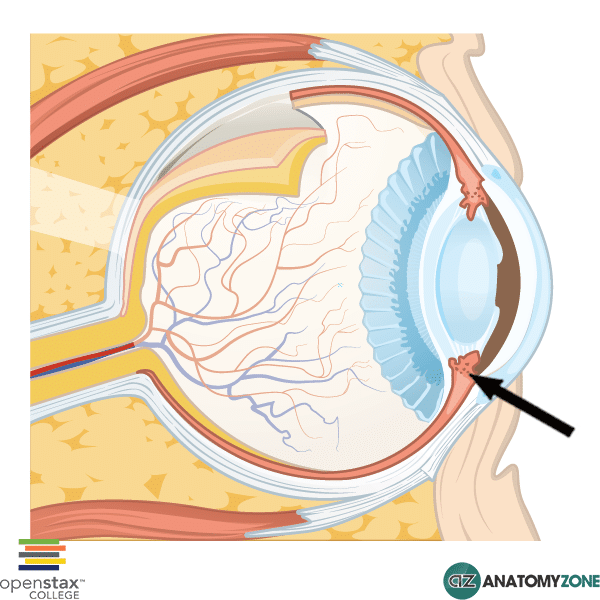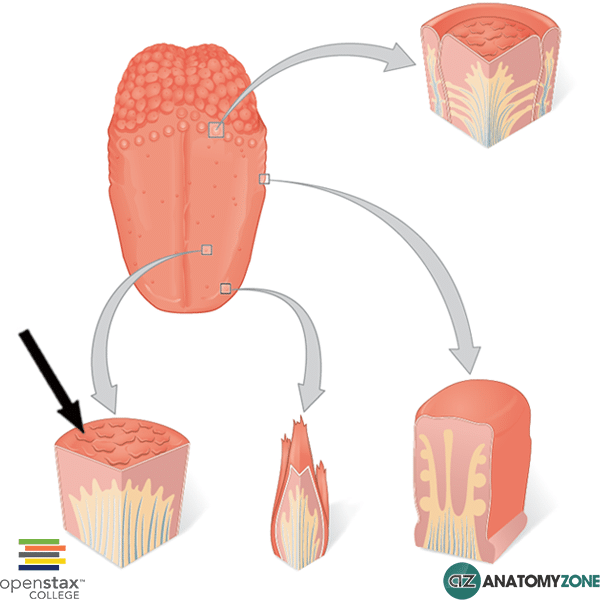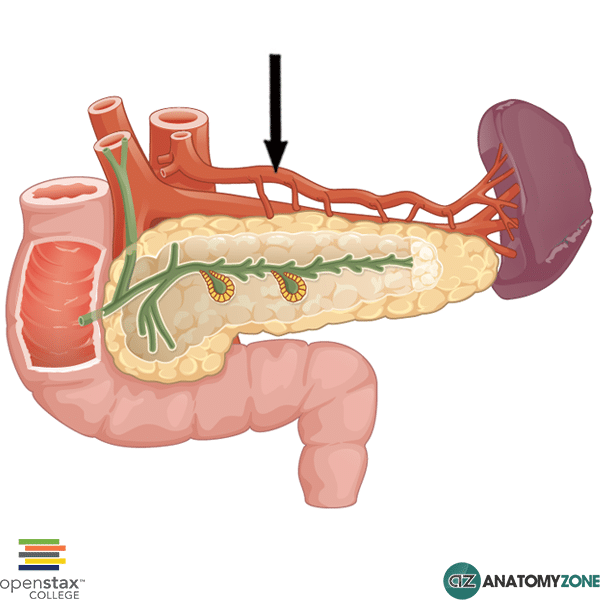Superior Oblique Muscle

The structure indicated is the superior oblique muscle.
The superior oblique muscle is one of the extra-ocular muscles. The extra-ocular muscles include the medial, lateral, superior and inferior recti muscles, and the superior and inferior oblique muscles.
Origin: Annulus of Zinn
Insertion: Outer posterior quadrant of the eyeball
Innervation: Trochlear nerve
Action: Moves the eyeball down and out (depression, abduction, medial rotation).
The superior oblique muscle inserts onto the eyeball via a long tendon which loops around a pulley (the trochlea of the superior oblique) on the medial aspect of the orbital roof, just lateral to the insertion point of the superior rectus muscle. The superior oblique muscle is innervated by the fourth cranial nerve, the trochlear nerve – this cranial nerve has the longest intracranial course and is susceptible to injury.
Fourth nerve palsy causes weakness or paralysis of the superior oblique muscle, causing vertical diplopia (double vision) that is worse on downward lateral gaze. Patients with fourth nerve palsy classically tilt their head away from the affected side to compensate for the diplopia.
